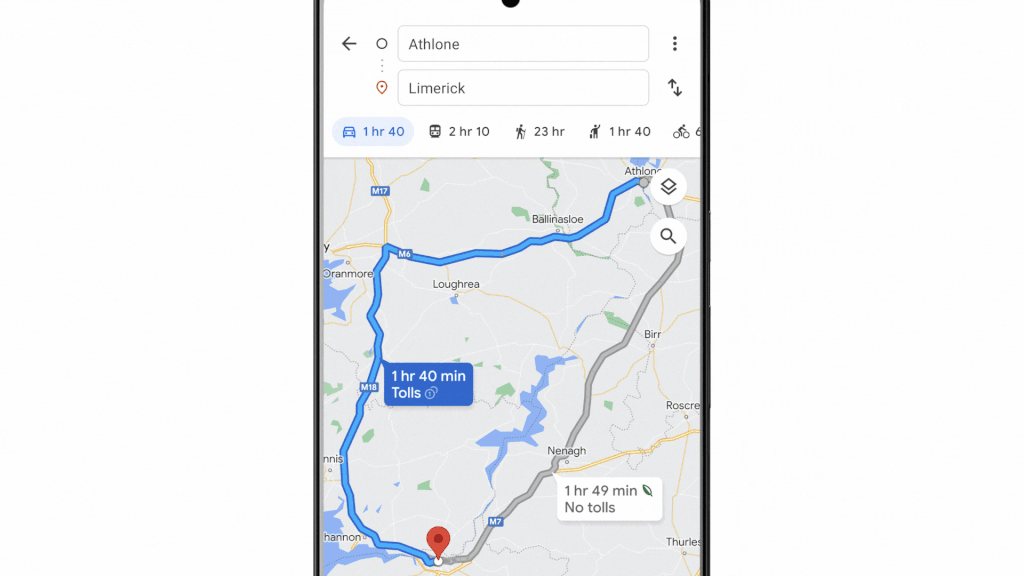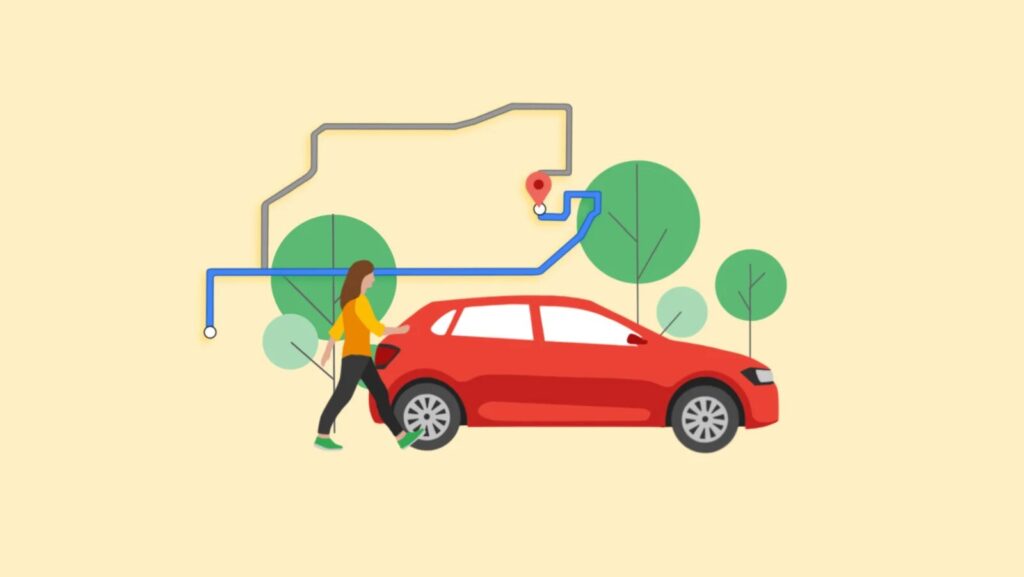In 2020, Google announced an ambitious goal: to help more than a billion people make more sustainable decisions in their daily lives. By the end of 2023, the tech giant has achieved that goal by adapting several of its functions and tools with a more sustainable future in mind. more sustainable world.
One of these tools is Google Maps. This tool has been improved and has evolved, so that since October 2021 it has been available to users. fuel-efficient routes.
It should be noted that this Google tool is not yet available worldwide, but it has already been successfully implemented in almost 40 countries around the world. Europa, United States, Canada y Egypt.
Google announced that it will soon be implementing low-power routes in Google Maps to India e IndonesiaIn addition, these two countries will include fuel-efficient routes for two-wheelers to help more people travel more sustainably.
This is how it works
In the countries where this tool is already available, the user only has to indicate in Google Maps the origin and destination locations and the application will not only show the fastest route, but also the one that consumes the least fuel, if it is not also the fastest.
"With just a few taps, you can see the relative fuel savings and time difference between the two routes and choose the one that best suits your needs," Google says.

The most fuel-efficient route will vary depending on the type of engine you have. For example, diesel engines tend to be more efficient at higher speeds than gasoline or gas engines, while hybrid and electric vehicles perform better in stop-and-go traffic.
"That's why, in the coming weeks, we will make it possible for drivers using eco-routes in Europe, the United States and Canada to select their engine type (gasoline or gas, diesel, hybrid or electric) to get the best route and the most accurate energy or fuel efficiency estimates," he says.

The technology giant claims that the ecological routes are having an impact around the world and since its launch in the United States and Canada is estimated to have already helped eliminate more than half a million metric tons of carbon emissionsThis is equivalent to taking 100,000 fuel-powered cars off the road.
To develop this technology and make it available to its users, Google relied on the knowledge of the National Renewable Energy Laboratory (NREL) of the U.S. Department of Energy and the data of the European Environment Agency.
By combining this information with the driving trends of Google Mapswas able to develop advanced machine learning models trained on the most popular engine types in a given region.
So far, Google has not announced when this technology will arrive at Mexico and the rest of the Latin American countries, since the speed with which a tool is implemented worldwide may be affected by considerations such as the complexity of the tool itself, the need to adapt it to different languages and cultures, local regulations, beta testing, among others.
- DATA
Since its launch in October 2021, The fuel-efficient routes have helped avoid more than 2.4 million metric tons of CO2e emissions, the equivalent of taking approximately 500,000 fuel-powered cars off the road for a year. - Global searches on how to save fuel while driving increased by 60% between 2022 and 2023.
Source: Google


